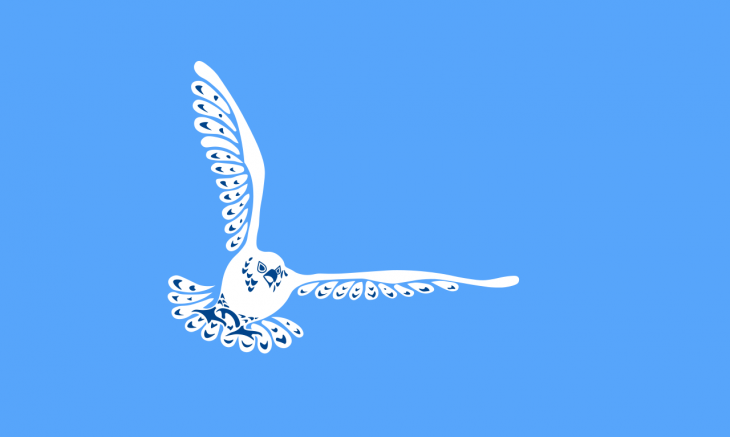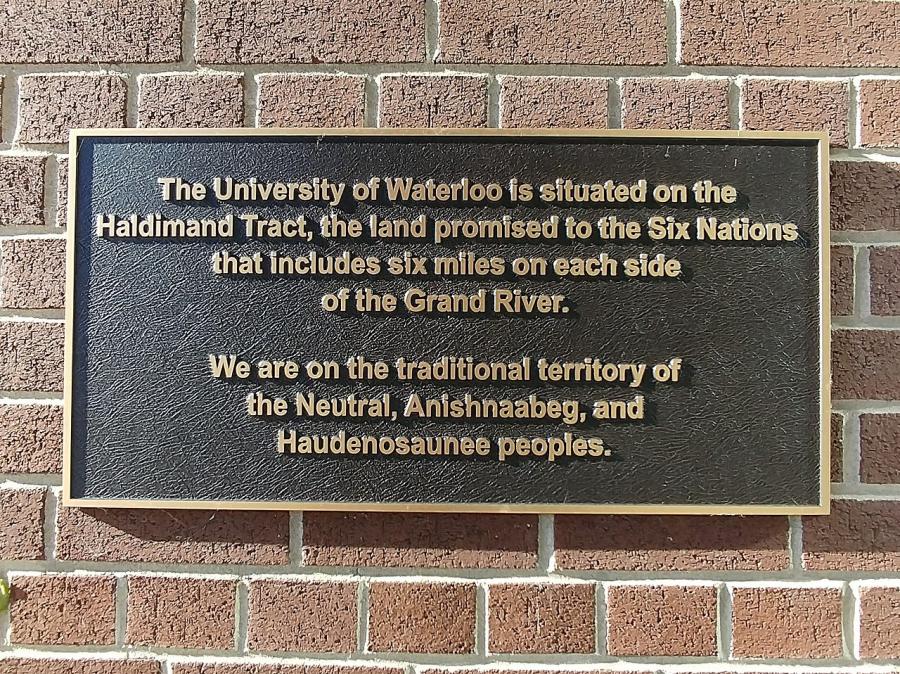Open source via Wikimedia Commons.
A downloadable version of this lesson is available here:
Knowledge co-evolution involves joining distinct ways of generating knowledge, or epistemologies, in a way that supports inclusive collaborations that achieve more robust and mutually beneficial (socio-environmental) S-E systems understanding. Indigenous Knowledge (IK) has long been neglected by Western Scientific research. This neglect is a relic and continuation of the histories of Western colonization and cultural marginalization of Indigenous communities around the world. It also stems from the contrasting worldviews between a Western ideology that often describes nature in reductionist, economic, and utilitarian terms; versus Indigenous perspectives that often value holistic knowledge, eco-cultural traditions, and respect for the inherent value of nature and non-human beings. Still, there are excellent recent examples of successful co-creative research ventures between S-E scientists and Indigenous communities, particularly in the Arctic. These case studies point to the co-evolution of epistemological methods that enhance and support research design and goals, open communication and transparency, shared governance, and the establishment of long-term research alliances. This epistemological co-evolution will help scientists and Indigenous groups discover new ways of approaching environmental challenges like climate change and anthropogenic environmental contamination, while also building more resilient and respectful collaborations that optimize plural approaches to research and knowledge. In this lesson, learners will explore current collaborative projects in the Arctic designed around epistemological co-evolution to better understand how S-E research benefits from both Western science and Indigenous ways of knowing.
- Consider how the holistic cultural values and the subsistence traditions of Indigenous groups contrast with Western scientific worldviews, and how the two approaches can benefit from co-evolution.
- Profile existing collaborative projects in the Arctic that are designed around the co-creation of knowledge between Indigenous and scientific stakeholders.
- Outline potential future collaborations between Indigenous groups and scientists in your local region.
Land Acknowledgements:
One way to start to honor and recuperate some of the lost cultural wealth of Indigenous people in settler-colonial regions is to offer a land acknowledgement. It recognizes Indigenous stewardship and the deeper socio-environmental histories of these places. A land acknowledgement can be posted on buildings and websites, and read aloud before events like conferences, lectures, and celebrations. It has become standard practice on many university campuses in North America, New Zealand, and Australia. To open this lesson, read your university’s land acknowledgement. If you are not a member of the Indigenous Nation(s) that historically cared for the land that your university occupies, research these cultural groups. How do you see ecological values being expressed through stewardship, whether as an outsider who is researching or as a member of the First Nations of this land?
Co-Evolutions: Indigenous Knowledge and Scientific Research (One, 75-minute class)
-
As preparation for the session, have learners view the 18-minute short film, Remembering Our Past, Nourishing Our Future, from the Kluane First Nation of the Canadian Yukon. Learners should take notes on the Western colonial history of tribal land exclusion, the subsistence traditions that the Kluane seek to preserve and pass on, and how their work overlaps with scientific research on climate change and animal health.
-
(10 min) After The Hook above, begin the lesson by reviewing these Lesson PPT slides.
-
(10 min.) Screen the 3-minute video on SIKU, the Indigenous Knowledge Social Network. This app is a resource for Indigenous Arctic hunters to share in real time their observations of conditions, including: ice safety, animal tracking, and ecological community health. Ask the participants to reflect on the two videos and consider the following questions:
How do the values, perspectives, and approaches of Indigenous hunters contrast from a Western position that is trained to find value in natural resource extraction and individual benefits?
How have Western preservationist and extractionist values affected the ability of Indigenous tribes to practice their cultural traditions?
How have Western technologies and scientific approaches aided and enhanced the work of Indigenous groups, especially in more recent collaborations that prioritize co-creation, respect, transparency, and shared governance?
-
(5 min) Direct learners to the ArctiConnexion Projects website, which contains profiles of ongoing collaborations on Water Quality, Food & Wildlife, and Culture & Knowledge. Divide the class into groups of 3-5 learners and assign each group one of these three topics. Depending on the class size, there may be multiples of each group.
-
(20 min.) Ask learners to review all the projects profiled under their heading (3-4 each). For each project, make note of:
The project locale, topic of concern, research design, and findings or results if available.
The types of individuals and groups involved in sampling, monitoring, and interpreting research data. For example, does the project involve Indigenous youth, elders, and/or non-Indigenous scientists?
Specific ways that Western technology and scientific epistemology have been integrated with Indigenous knowledge to produce novel research approaches and results (answers may be found in images).
One photo from the project gallery that best captures the design and spirit of the project.
-
(15 min.) As a whole assembly, ask groups to share their findings in brief (5 min per group) informal presentations. Learners may choose to display their chosen image and speak to their other observations using that image as an aesthetic and guide.
-
(15 min.) Return to the Land Acknowledgement from The Hook, and explore the culture and ongoing activities of the local Indigenous tribe(s) you researched or belong to. In an open research-and-sharing session, invite learners to discover (5 min.) and describe (5 min.) some current activities and priorities of these Nations or tribes as well as their involvement in environmental knowledge-making. End the session (5 min) by listing at least 3 ways that your campus community might pursue co-evolving collaborations with this tribe on a specific S-E issue.
-
Contributions and perspectives of Indigenous Peoples to the study of mercury in the Arctic
This review article provides an essential background to the values, approaches, and case studies that involve co-evolution of knowledge between IK and science in the Arctic region, including regions of Canada, Greenland, Sweden, Russia, and the United States. Indigenous Arctic peoples are disproportionately affected by mercury contamination in their food, and frequently contribute to a more inclusive understanding of the health and cultural effects of mercury consumption and advisory limits on traditional food consumption.
Houde, M., Krümmel, E.M., Mustonen, T. et al. (2022). Contributions and perspectives of Indigenous Peoples to the study of mercury in the Arctic. Science of The Total Environment,841(156566). https://doi.org/10.1016/j.scitotenv.2022.156566
-
Operationalizing knowledge coevolution: towards a sustainable fishery for Nunavummiut
This article profiles a case study that details IK-Western science co-evolution in Nunavut, Canada, which supports inclusive and effective fishery co-management. The authors provide a knowledge co-evolution framework and describe how the collaborative research process has strengthened both IK and Western science without merging the two epistemologies.
Schott, S., Qitsualik, J., Van Coeverden de Groot, P. et al. (2020). Operationalizing knowledge coevolution: towards a sustainable fishery for Nunavummiut. Arctic Science, 6(3), 208-228. https://doi.org/10.1139/as-2019-0011
-
Negotiating greater Māori participation in Antarctic and Southern Ocean research, policy, and governance
This article focuses on the Antarctic region’s integration of shared governance between Māori and other regional Indigenous peoples and the national and international scientific and regulatory community. It describes approaches to equitable participation including using collective Indigenous voices across different cultures, establishing Indigenous-led organizational structures, and aligning environmental law and policy with Indigenous worldviews.
van Uitregt, V., Sullivan, I., Watene, K., & Wehi, P.. (2022). Negotiating greater Māori participation in Antarctic and Southern Ocean research, policy, and governance. The Polar Journal, 12(1), 42-61, https://doi.org/10.1080/2154896X.2022.2058222

